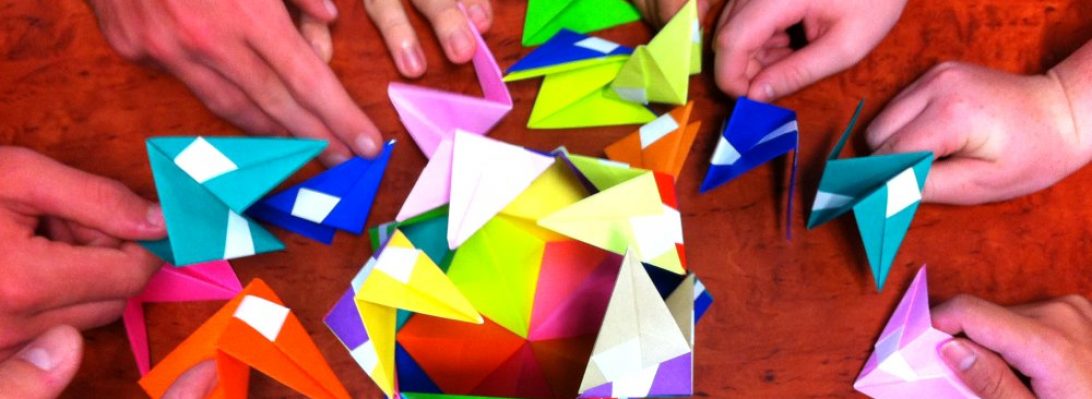Schrödinger’s Cat, as a thought experiment, states that if you seal a cat in a box with something that can eventually kill it, you won’t know if the cat is alive or dead until you open the box. So, until you open the box and observe the cat, the cat is simultaneously dead and alive.

We often use Schrödinger’s thought experiment to explain the concept of superposition. The experiment states that a hypothetical cat is locked in a box with some radioactive substance controlling a vial of poison. When the substance decays, it triggers a Geiger counter that causes the poison to be released, thereby killing the cat.
Since the box is locked, and we on the outside don’t know whether or not the radioactive substance has decayed and released the poison, we can’t tell if the cat is dead or alive. So, until we open the box to know for sure, the cat is both dead and alive. Mathematically speaking, there’s a 50 percent chance the cat is dead and a 50 percent chance the cat is alive. Source.

This is Sebastien Limet’s Shrodinger Square, a delicious exercise in folding a figure then hiding it inside another structure. I folded this in baking paper, and it is a little too transparent I think (I tried it in printer paper and it was too thick and opaque).

I like that the cat is made of the body and tail at opposite ends of the 5:1 sheet, closing and locking it brings the two pieces together in silhouette. Clever.






























